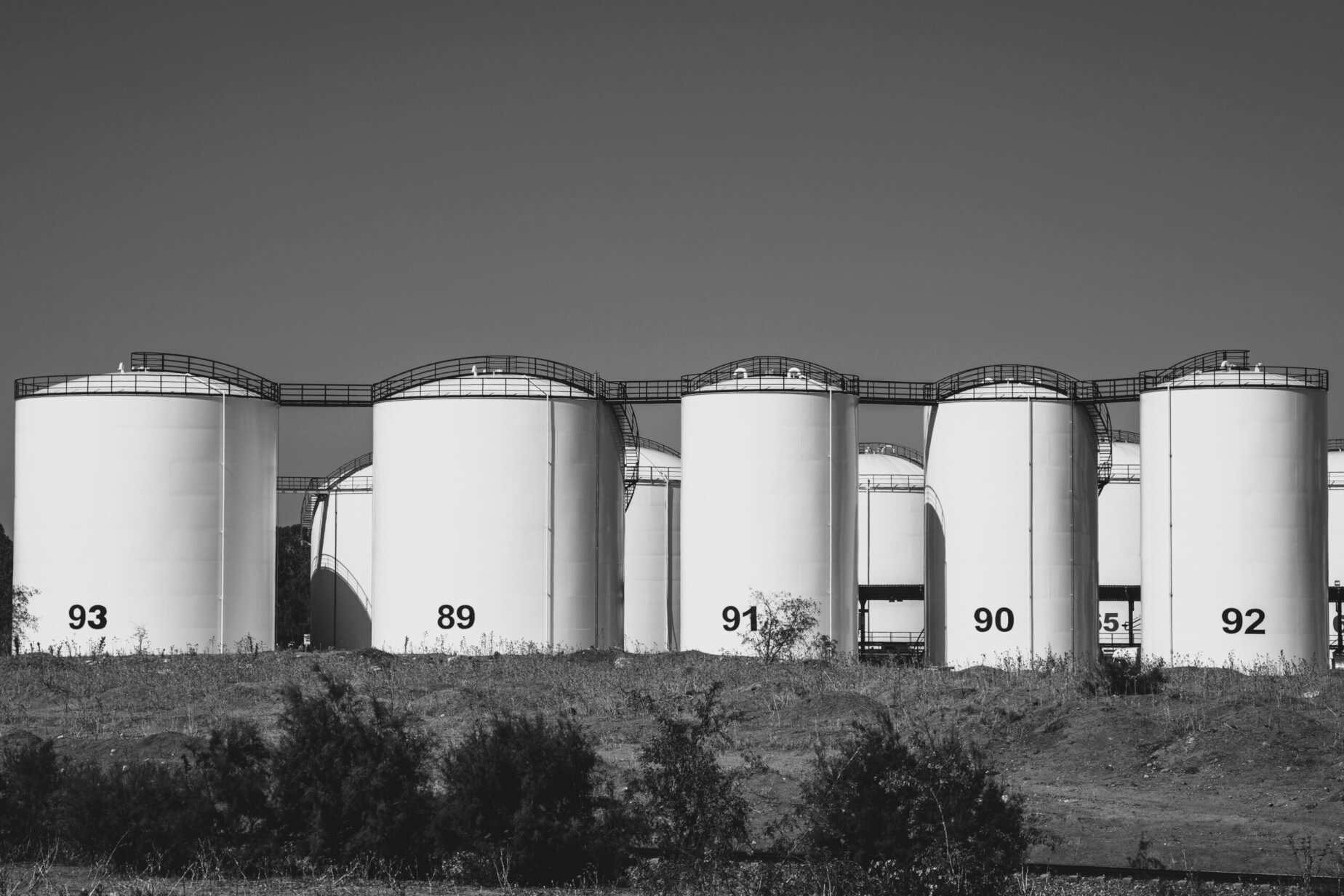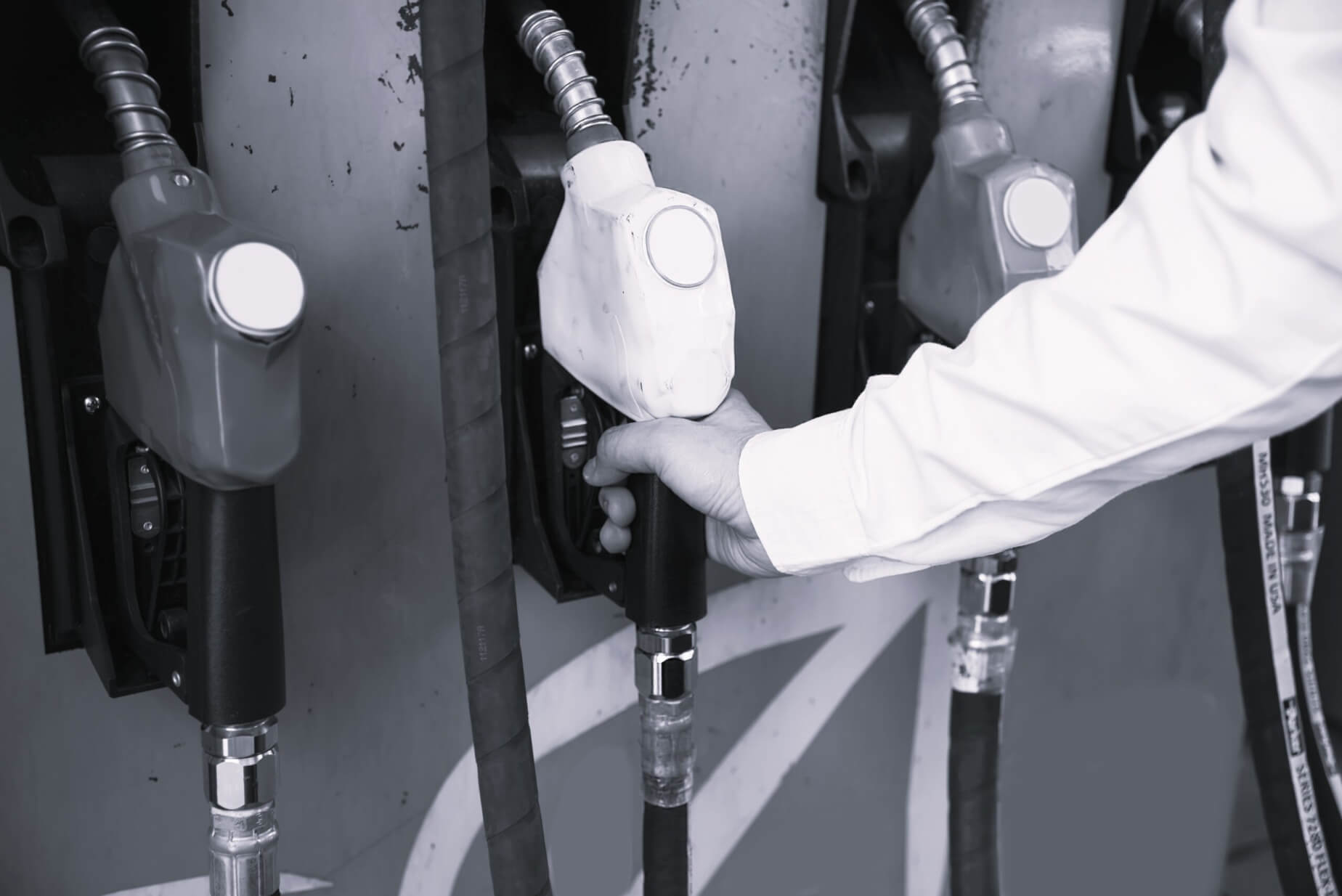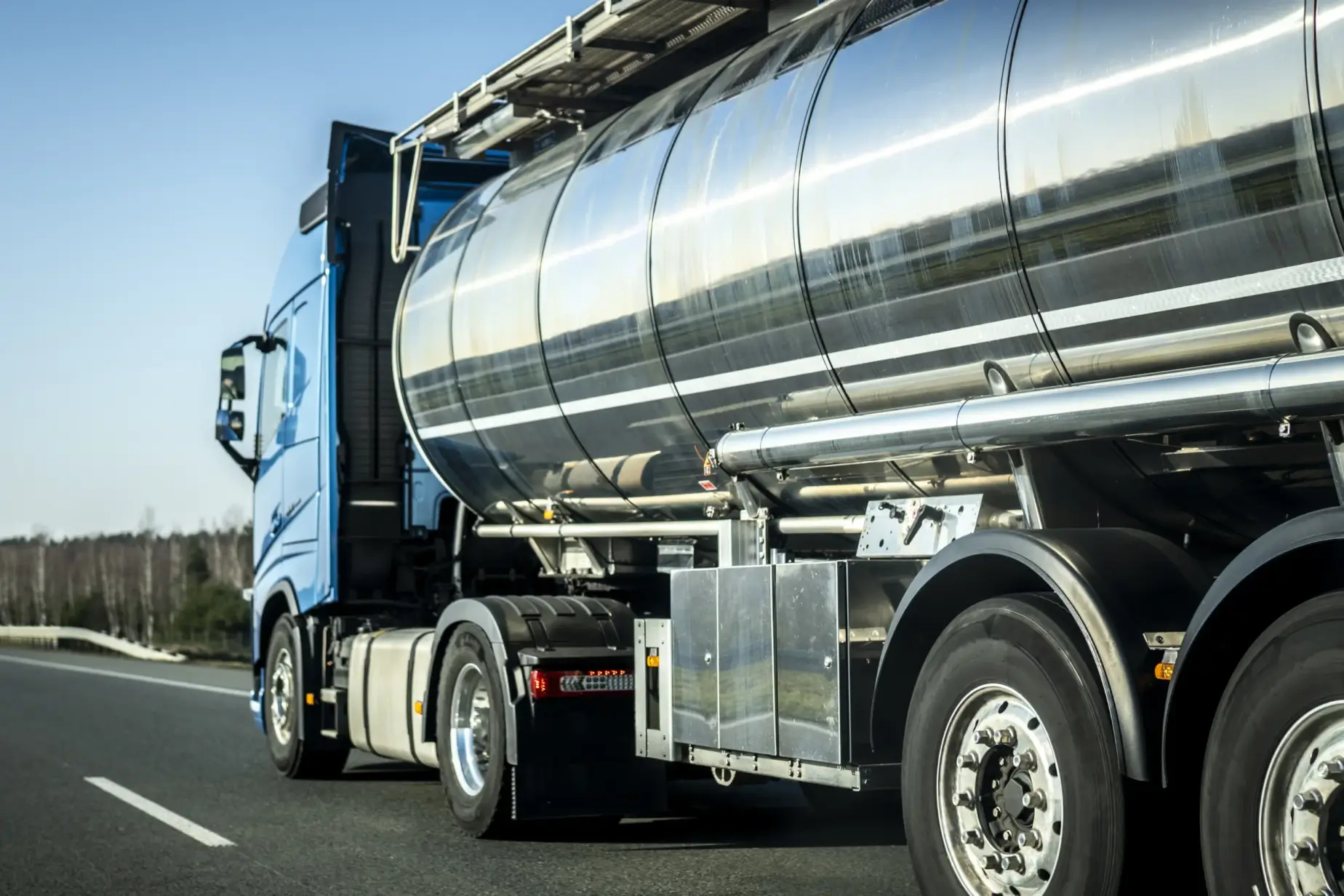
Fuel blending, the process of combining different fuels, impacts engine performance, environmental footprint, and cost-efficiency. From conventional fossil fuels to emerging renewable alternatives, the landscape of fuel options continues to evolve, propelled by technological advancements, regulatory frameworks, and shifting consumer preferences.
Blended fuels, like ethanol-gasoline mixes, offer improved combustion, enhance engine efficiency, and reduce emissions compared to their unblended counterparts. The composition of fuel plays a critical role in determining performance for overall gasoline deliveries and operational costs.
By grasping the nuances of blended vs. unblended fuels, stakeholders can make informed decisions, ensuring a balance between performance and affordability in the fuel industry. Amidst the ongoing quest for cleaner, more efficient energy solutions, the debate between blended and unblended fuels is getting increasing attention.
What is Fuel Blending
Fuel blending is the practice of mixing two or more distinct types of fuels to produce a composite blend tailored to enhance specific attributes like octane rating, emission quality, or cost-effectiveness, ultimately aiming for the best fuel quality. This process enables the creation of customized fuel mixtures that can better meet the requirements of modern engines, environmental standards, and economic considerations, resulting in high diesel quality. By combining different fuels, such as ethanol with gasoline or biodiesel with conventional diesel, manufacturers can engineer blends that optimize engine performance, reduce harmful emissions, and offer a more economical alternative to pure, unblended fuels.
Types of Fuel Blends
Various types of fuel blends serve distinct purposes, notably ethanol-petrol blends like E10 and E85, and biodiesel blends. E10 comprises 10% ethanol mixed with petrol, enhancing octane levels and reducing emissions. It’s widely used in regions aiming for cleaner-burning fuels. E85, containing up to 85% ethanol, caters to flex-fuel vehicles, promoting renewable fuel adoption and reducing dependence on fossil fuels. Biodiesel blends, such as B5 or B20, blend diesel with biodiesel, lowering greenhouse gas emissions and supporting agricultural economies. Each blend type addresses specific environmental and economic objectives, contributing to a more sustainable energy landscape tailored to regional needs.
What are Blended Fuels?
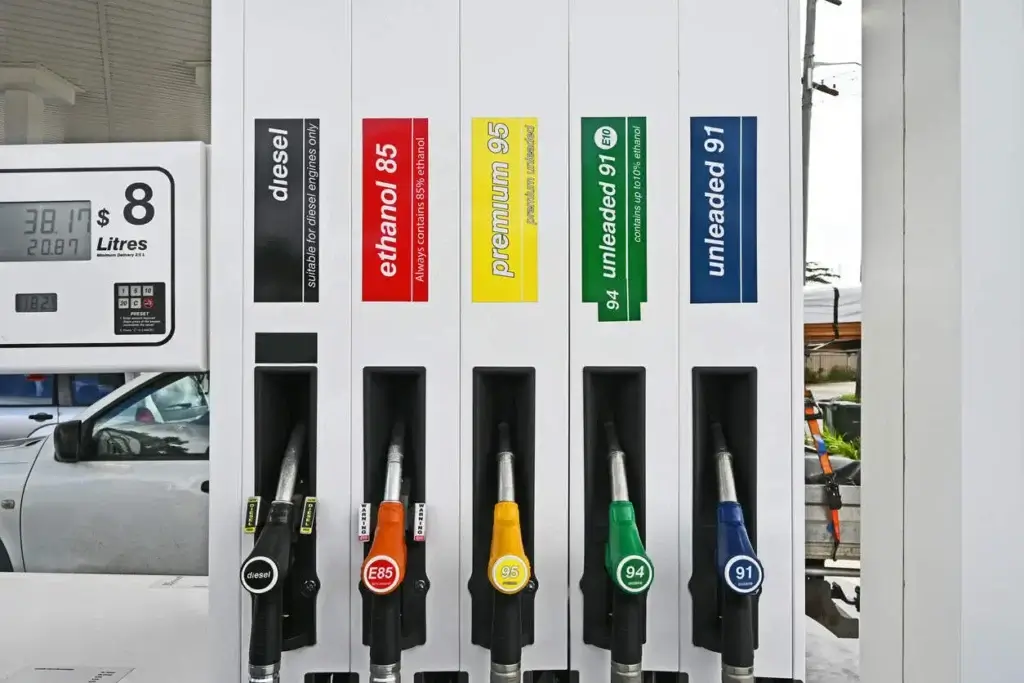
Blended fuels are mixtures of different fuel types designed to achieve specific objectives such as emission reduction or enhanced performance. Common types include ethanol-gasoline blends like E10 and E85 and biodiesel blends like B5 or B20. Blending aims to improve fuel properties, such as octane rating or cetane number, while addressing environmental concerns and promoting sustainability. In the case of on-road and off-road diesel, blended fuels may contain additives like biodiesel to reduce emissions and meet regulatory standards. These blends offer improved combustion characteristics and lower emissions, making them suitable for both on-road vehicles and off-road equipment, thus contributing to cleaner air and environmental conservation efforts.
Advantages and Disadvantages of Blended Fuels
Understanding the advantages and drawbacks of blended fuels is crucial for informed decision-making in the fuel industry. Blended fuels offer several benefits, including reduced environmental impact, improved engine performance, and potential cost savings. However, they also come with certain risks and cost concerns that need to be considered.
Environmental Benefits
Blended fuels contribute to lowering harmful emissions, making them an environmentally friendly alternative to pure fossil fuels. By incorporating renewable components like ethanol or biodiesel, blended fuels help reduce greenhouse gas emissions, air pollutants, and dependence on non-renewable resources. This reduction in emissions leads to cleaner air and helps combat climate change by mitigating the environmental impact of transportation.
Engine Performance and Efficiency
Blended fuels can positively impact engine performance by enhancing combustion efficiency and reducing engine knock. Ethanol-gasoline blends, for example, offer higher octane ratings, resulting in smoother engine operation and improved power output. However, limitations may arise, such as reduced energy density in ethanol blends, which can slightly lower fuel economy. To maximize fuel economy in cold weather, proper vehicle maintenance, using the right fuel blend, and driving conservatively are key.
Potential Risks and Drawbacks
Despite their advantages, blended fuels pose certain risks and drawbacks. One concern is phase separation, especially in ethanol-gasoline blends, where water can accumulate at the bottom of fuel tanks, leading to engine damage. Additionally, compatibility issues with certain materials in fuel systems or storage tanks can arise, potentially causing leaks or corrosion over time. Proper storage, handling, and maintenance practices are essential to mitigate these risks effectively.
Cost Concerns
Cost implications play a significant role in the adoption of blended fuels. While some blends may have higher initial costs due to production and distribution expenses, they can offer long-term savings through improved fuel efficiency and reduced engine maintenance. However, the availability and pricing of blended fuels can vary regionally, impacting their overall cost-effectiveness compared to conventional fuels.
Blended fuels offer numerous environmental and performance benefits, but it’s essential to address potential risks and cost considerations to ensure their effective and sustainable implementation in the transportation sector.
What are Unblended Fuels?

Unblended fuels are those composed of a single source without additives or mixing with other fuels. They are characterized by simplicity and are often used in high-performance engines where precise fuel composition is critical. Unblended fuels provide consistent combustion properties tailored to meet the specific requirements of performance-oriented applications, ensuring optimal engine responsiveness and reliability.
Advantages and Disadvantages of Unblended Fuels
Understanding the advantages and drawbacks of unblended fuels is essential for making informed decisions, particularly in high-performance applications.
Performance Advantages
Unblended fuels offer several performance benefits, especially in high-performance engines. With higher octane ratings and consistent composition, unblended fuels provide improved engine responsiveness and smoother operation. Their purity ensures precise combustion control, optimizing power output and enhancing overall engine performance.
Environmental Drawbacks
While unblended fuels offer performance advantages, they may come with environmental drawbacks. Due to their higher octane ratings and lack of ethanol, unblended fuels can lead to increased emissions compared to some blended alternatives. However, advancements in engine technology and emissions control systems help mitigate these environmental impacts.
Maintenance and Longevity
Unblended fuels can positively affect engine maintenance and longevity. Their pure composition reduces the risk of engine deposits and corrosion, leading to cleaner combustion chambers and extended engine life. Additionally, the absence of ethanol can protect against certain types of engine and fuel system damage associated with ethanol-containing blends. Pure gasoline (E0) contains no ethanol and can protect against ethanol-related issues such as corrosion in fuel systems. Ethanol-free fuel is often preferred for older vehicles or equipment susceptible to damage from alcohol-containing blends like E10 or E85.
Cost Considerations
Unblended fuels, like pure gasoline, can be costlier due to their refined composition and specialized production processes. For high-performance applications where optimal fuel quality is crucial, the added expense of unblended fuels is justified by the avoidance of potential engine damage and the preservation of peak performance, making it a worthwhile investment for enthusiasts and professionals alike.
Choosing the Right Fuel
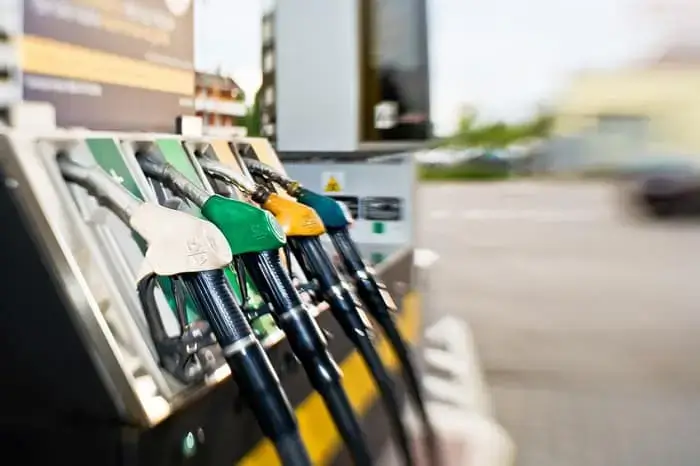
Whether you’re a seasoned industry professional seeking to optimize operational efficiencies or an environmentally conscious individual striving to make informed choices, this exploration into blended vs. unblended fuels promises valuable insights.
Selecting the appropriate fuel involves considering vehicle type, performance needs, and environmental concerns. For guidance, consult vehicle manuals and best fuel quality supplier information. Match fuel octane ratings to engine requirements and assess environmental impacts.
Additionally, adhere to regulations and standards governing high-quality fuel and emissions to ensure compliance and optimal vehicle performance. Making informed decisions ensures efficient vehicle operation while minimizing environmental impact.
FAQs (Frequently Asked Questions)
What are the main reasons for blending fuels?
Blending fuels is done primarily to enhance properties such as octane rating, cetane number, and energy content while also ensuring compatibility with engine requirements, improving performance, and meeting regulatory standards for emissions and fuel quality.
Can blended fuels be used in any engine?
Blended fuels may not be universally compatible. They should be used in engines designed to accommodate their specific properties, such as octane rating or cetane number, to ensure optimal performance, efficiency, and emissions compliance.
How do I know if my vehicle requires blended or unblended fuel?
Consult your vehicle’s owner’s manual or manufacturer’s recommendations. Typically, high-performance or turbocharged engines may require higher octane blended fuels, while standard engines may operate efficiently with unblended fuels meeting minimum octane requirements for optimal performance.
What is the environmental impact of using blended fuels compared to unblended fuels?
Blended fuels often have a reduced environmental impact compared to unblended fuels due to improved combustion efficiency. This leads to lower emissions of pollutants such as nitrogen oxides, particulate matter, and greenhouse gases, contributing to better air quality and a reduced carbon footprint.
Conclusion
Understanding the distinctions between blended and unblended fuels is vital for maximizing engine performance and environmental sustainability. Blended fuels offer benefits like improved emissions and cost-efficiency, while unblended fuels provide higher octane ratings and purity. By making informed fuel choices, consumers can drive efficiently and reduce their environmental footprint.
Whether you’re powering a fleet of vehicles, operating industrial machinery, or generating electricity, our expertly blended fuels promise superior performance and reduced emissions; visit Fuel Logic or place an order here.
Contact us today to learn more about our innovative fuel blends and take the first step towards a brighter, greener tomorrow.



